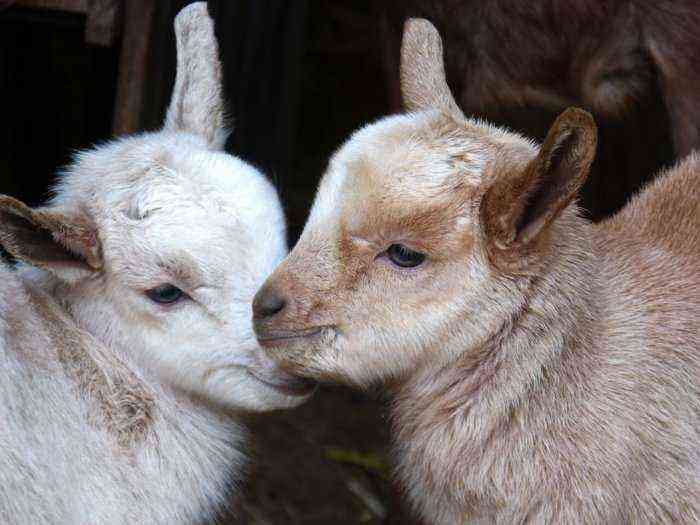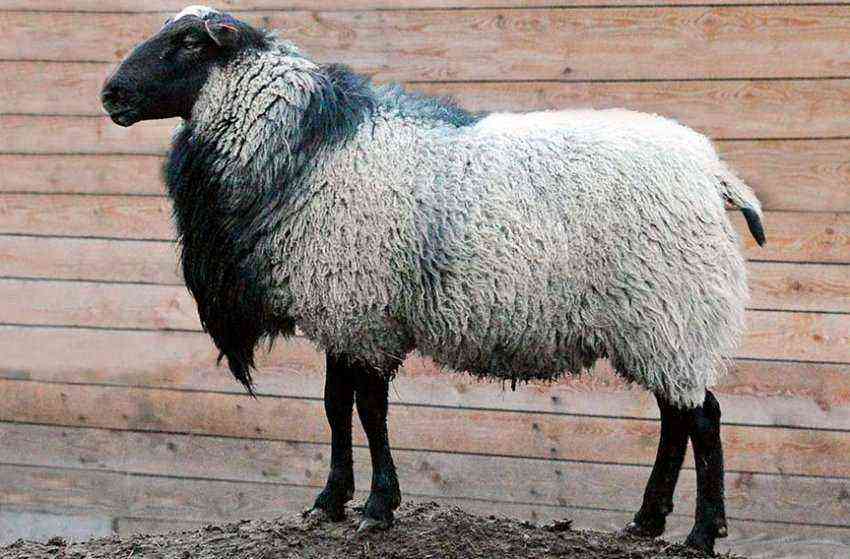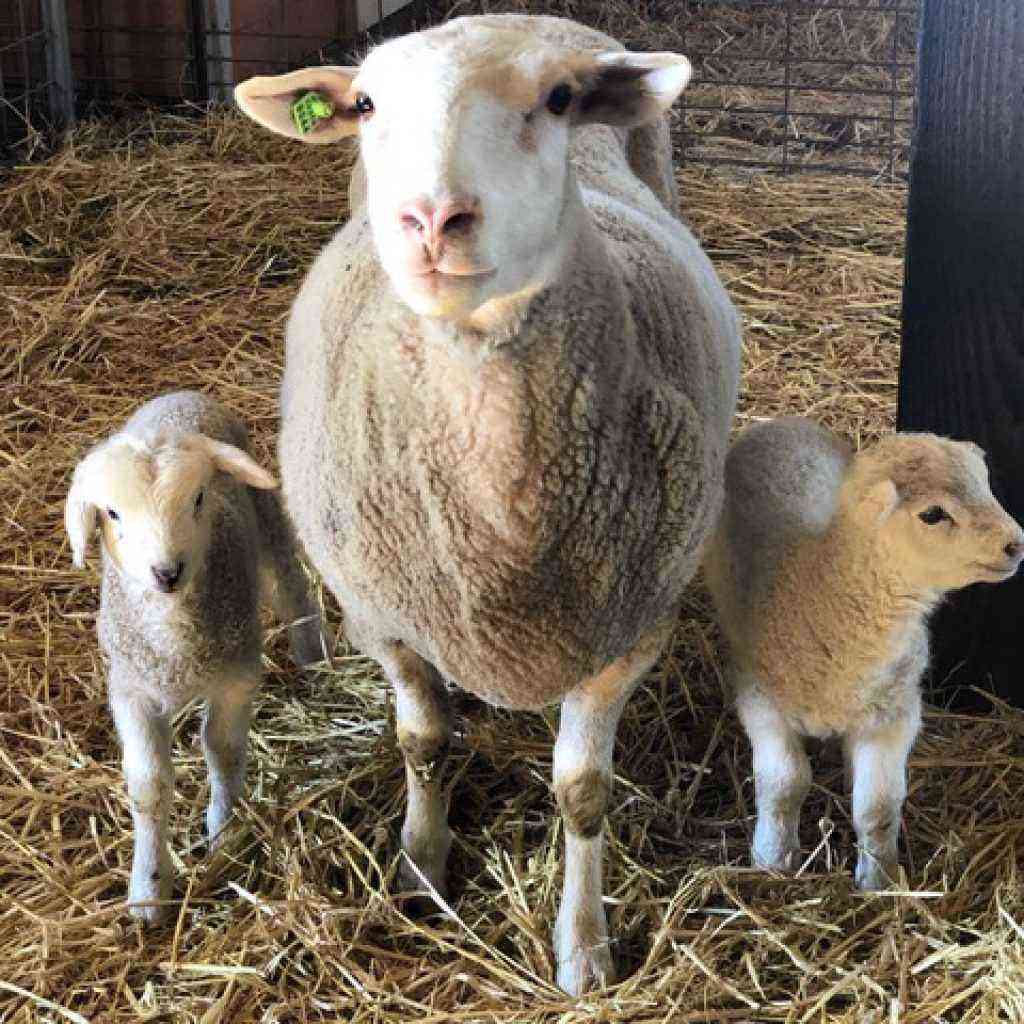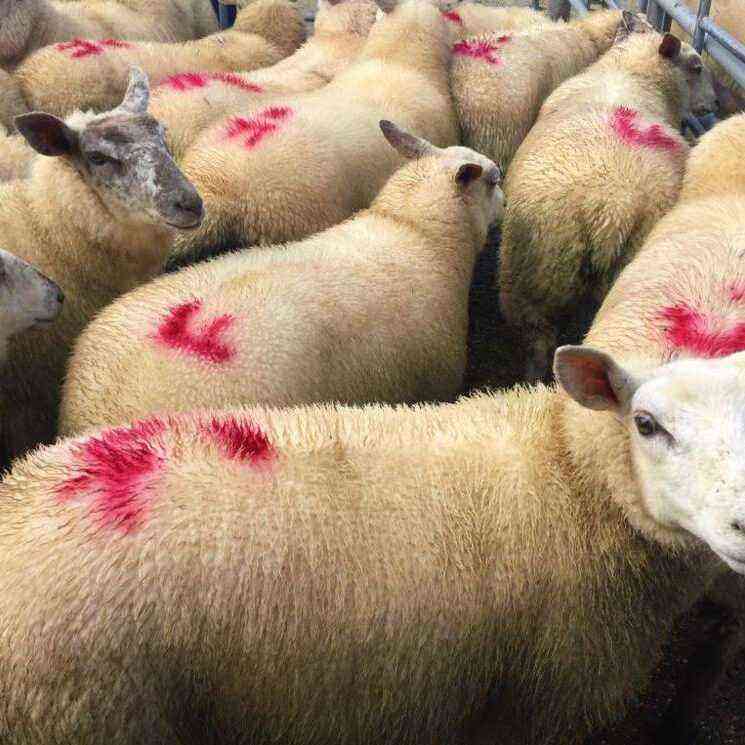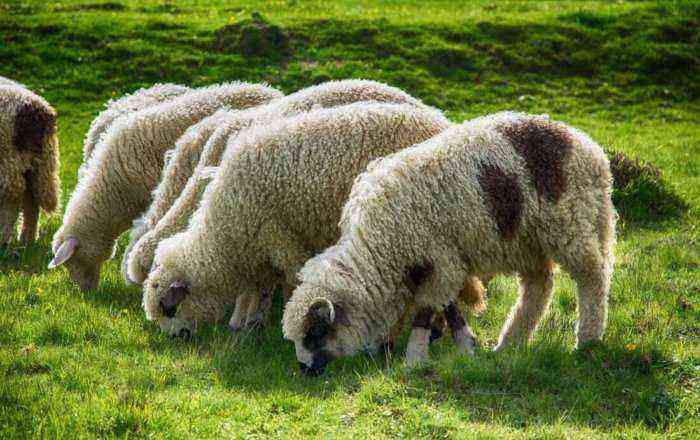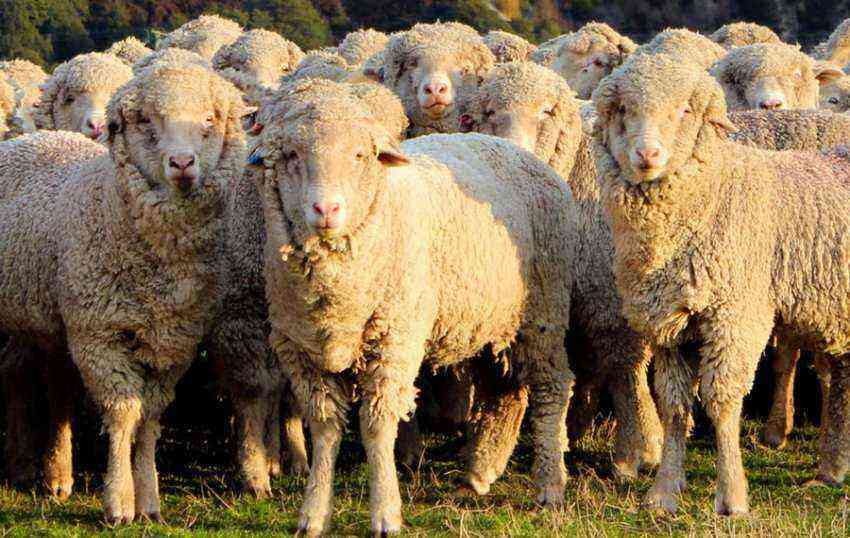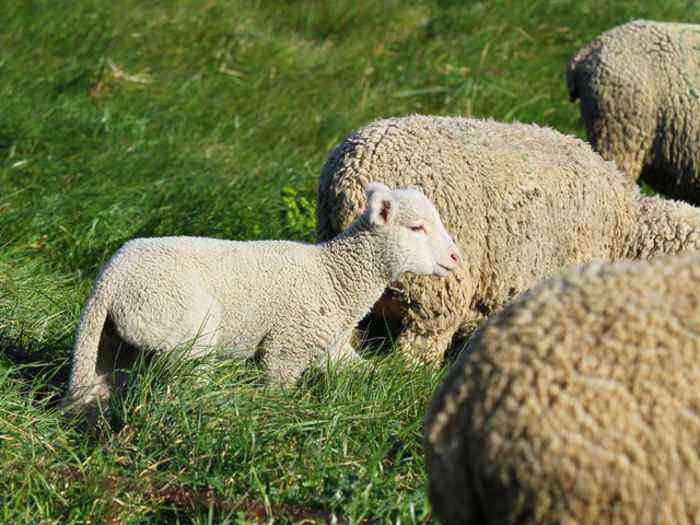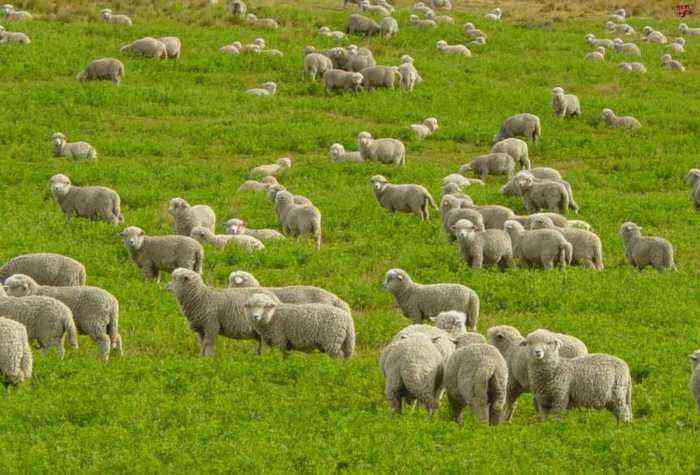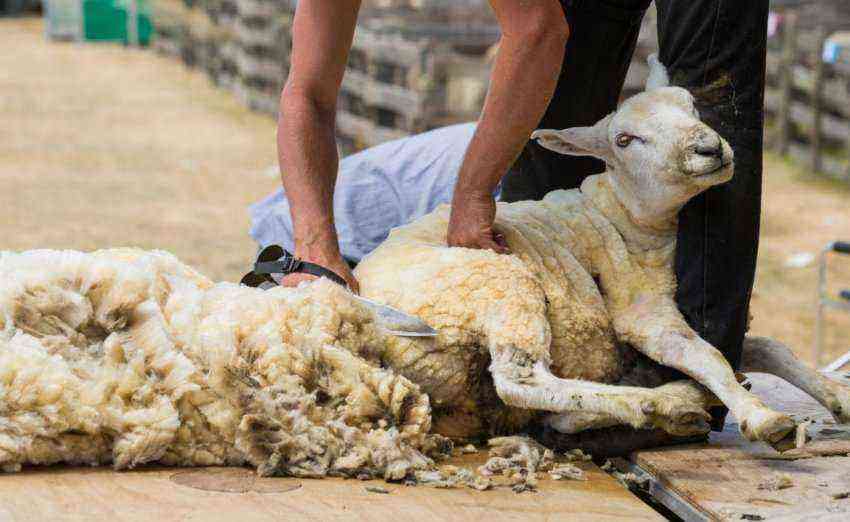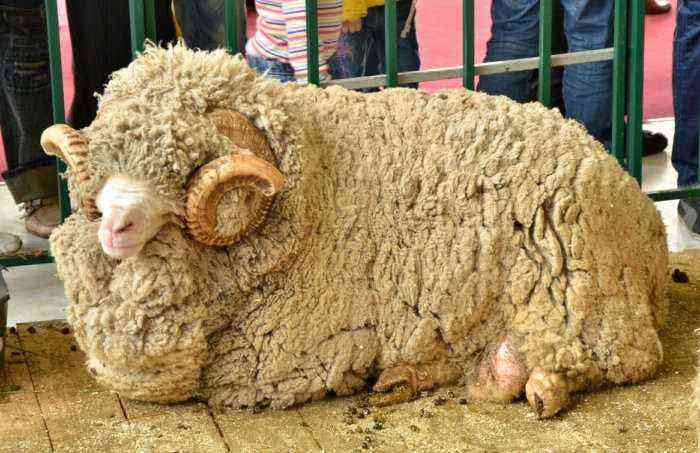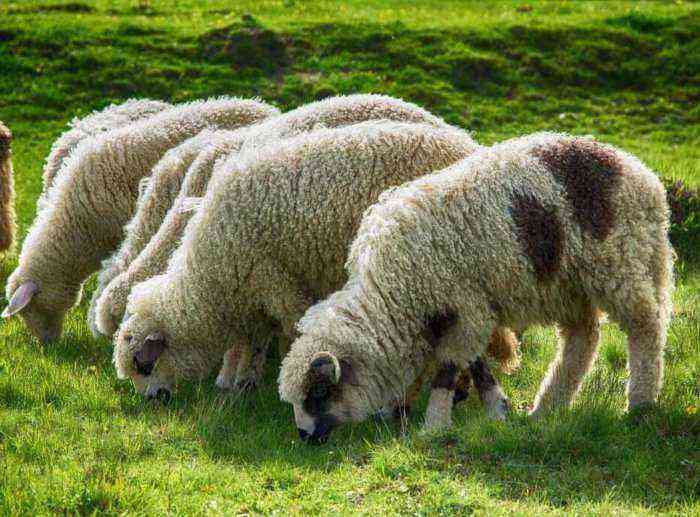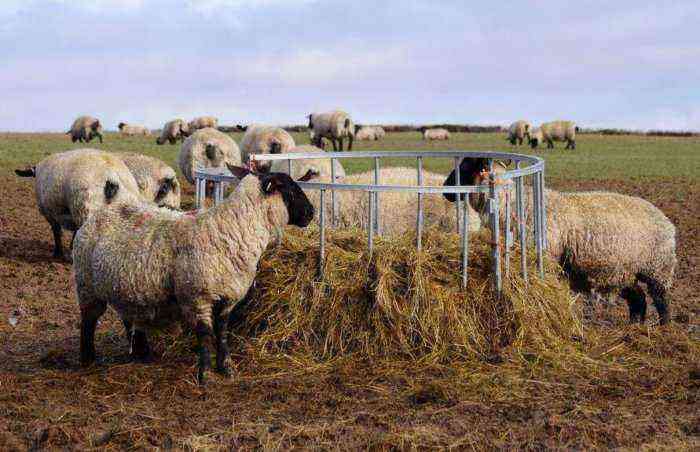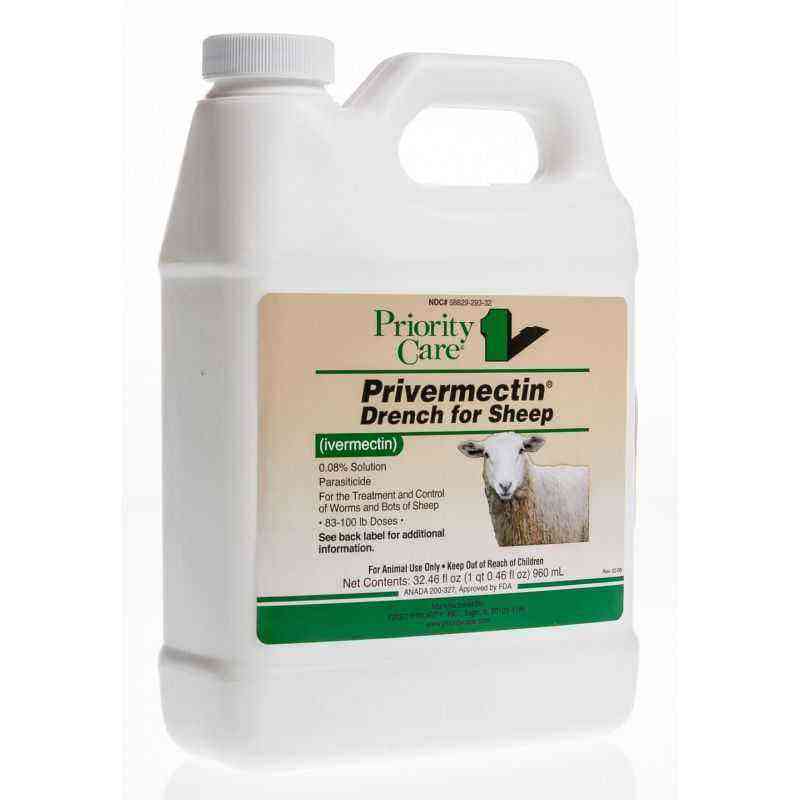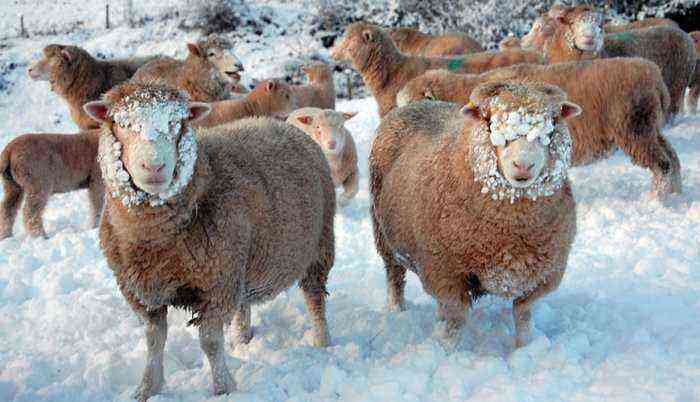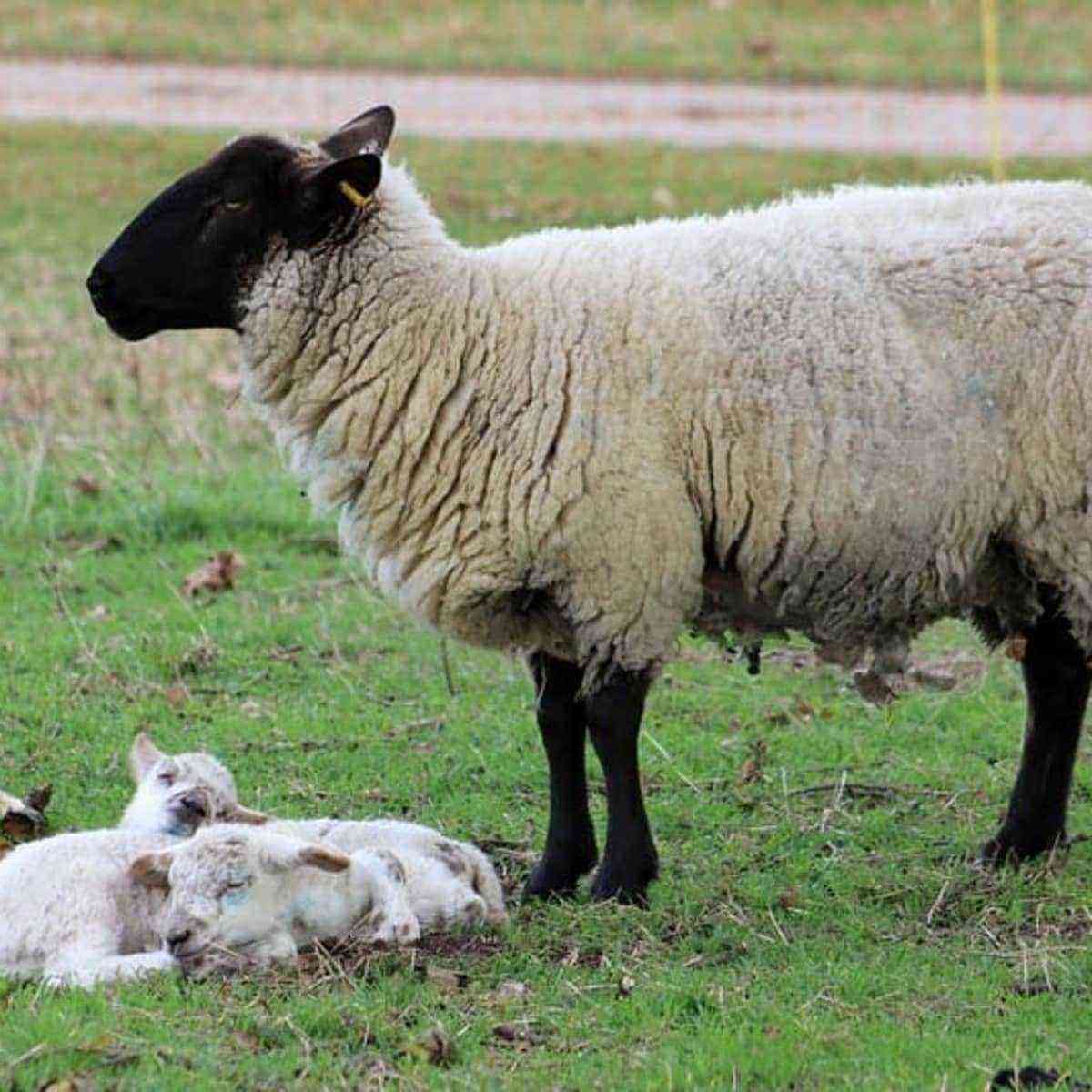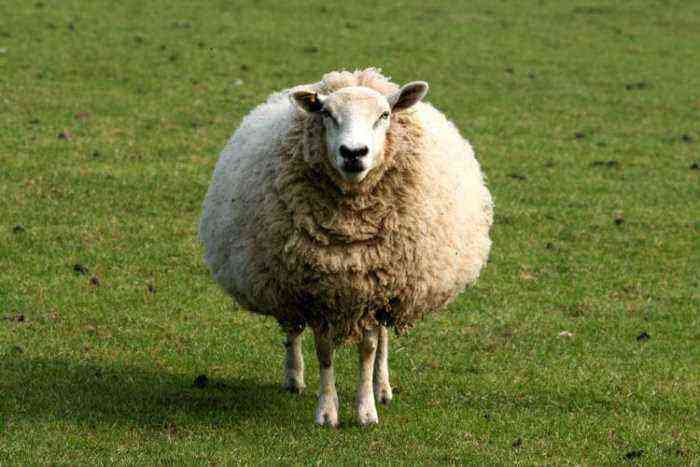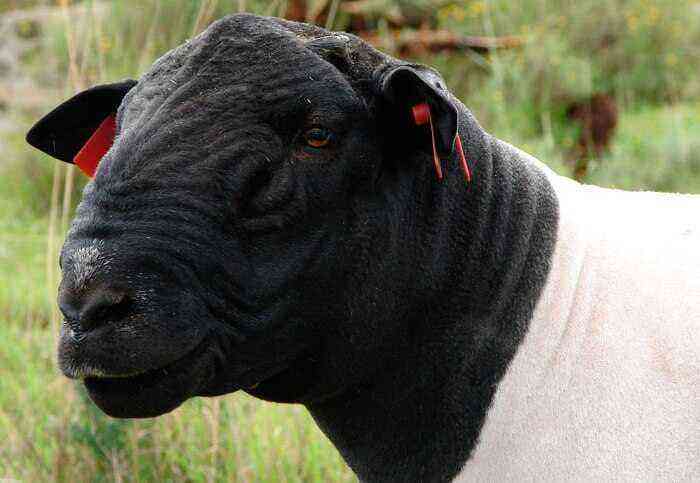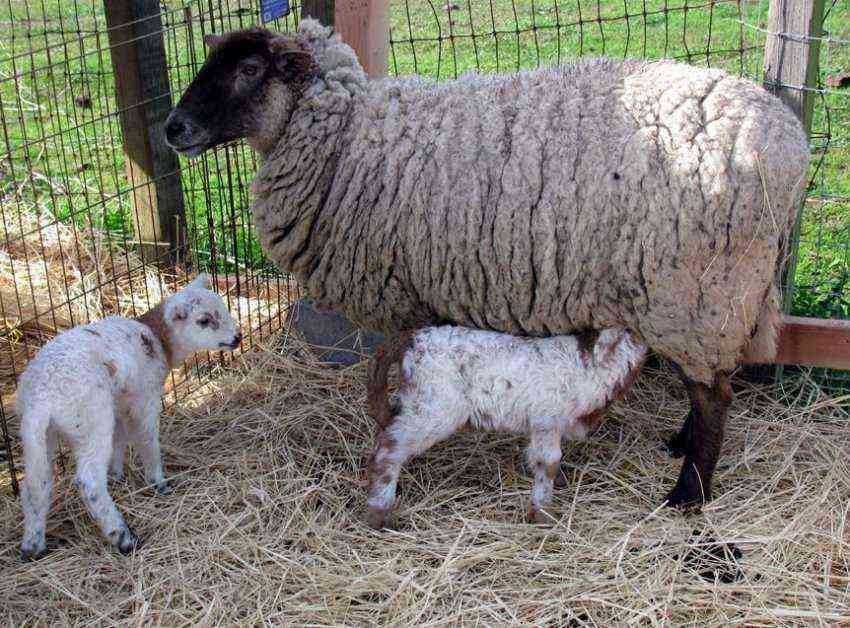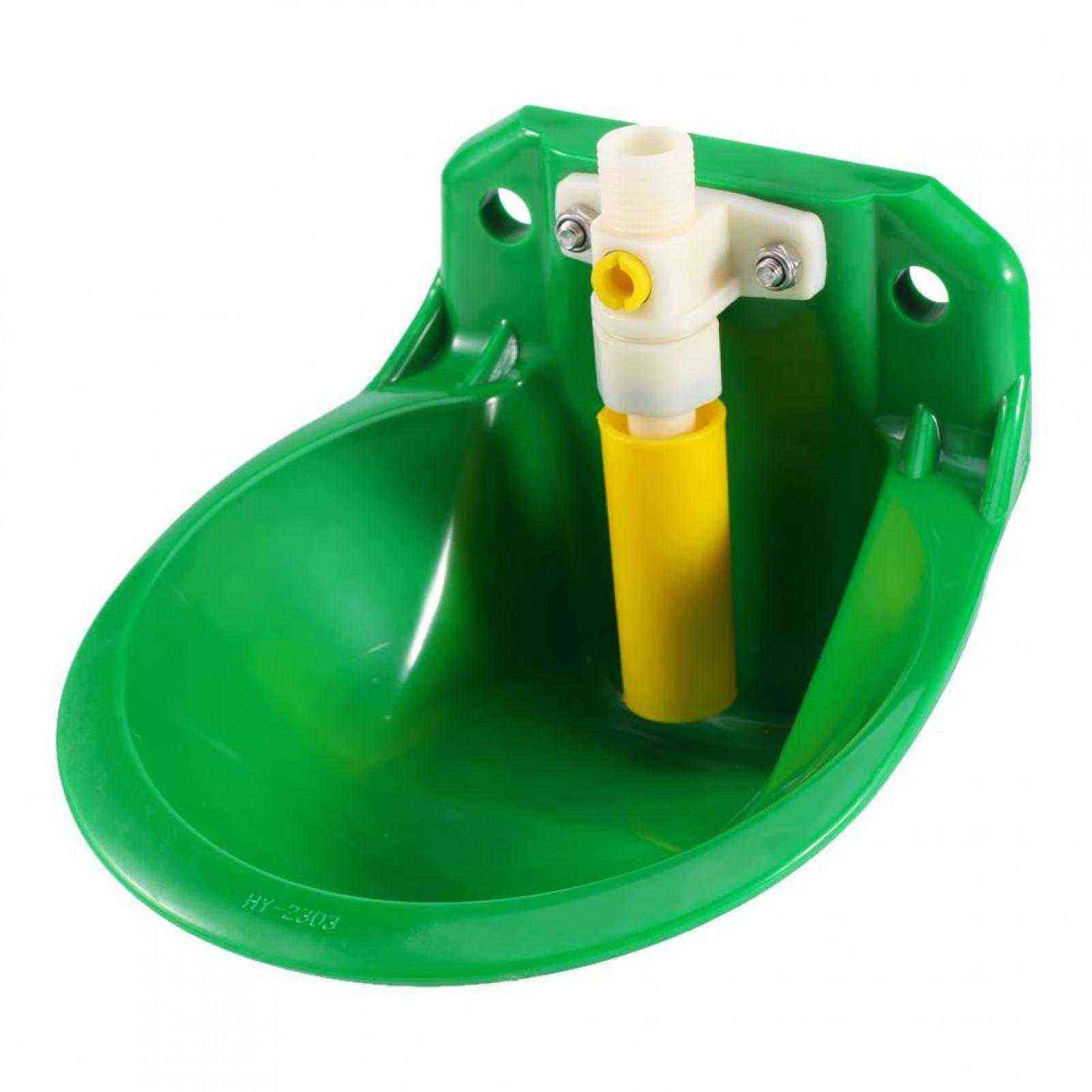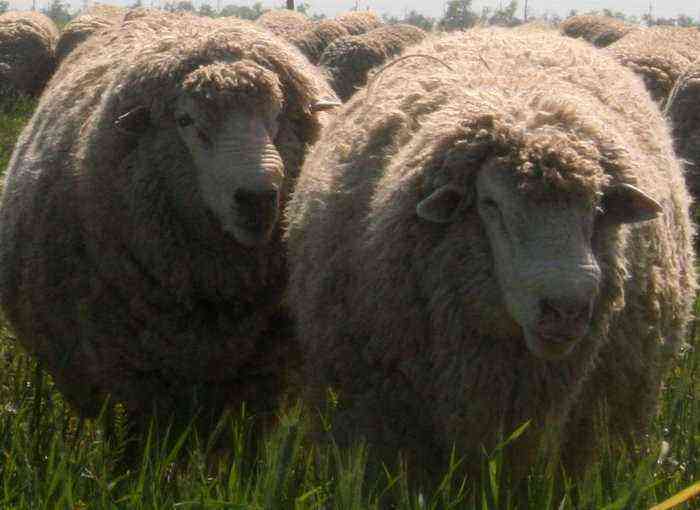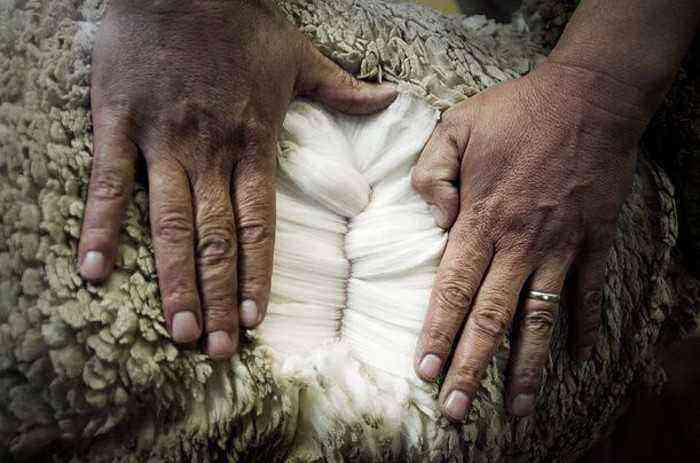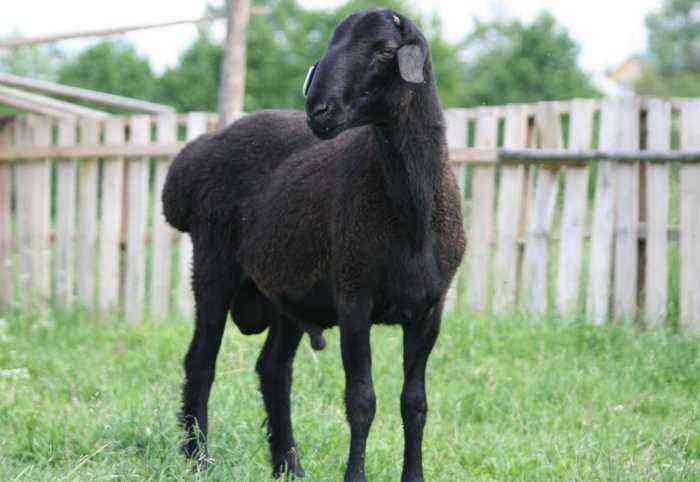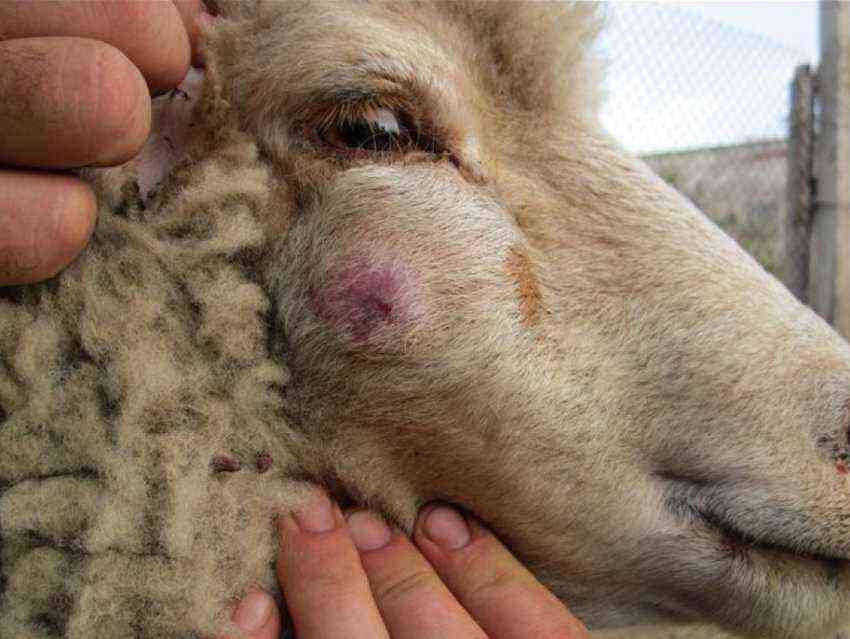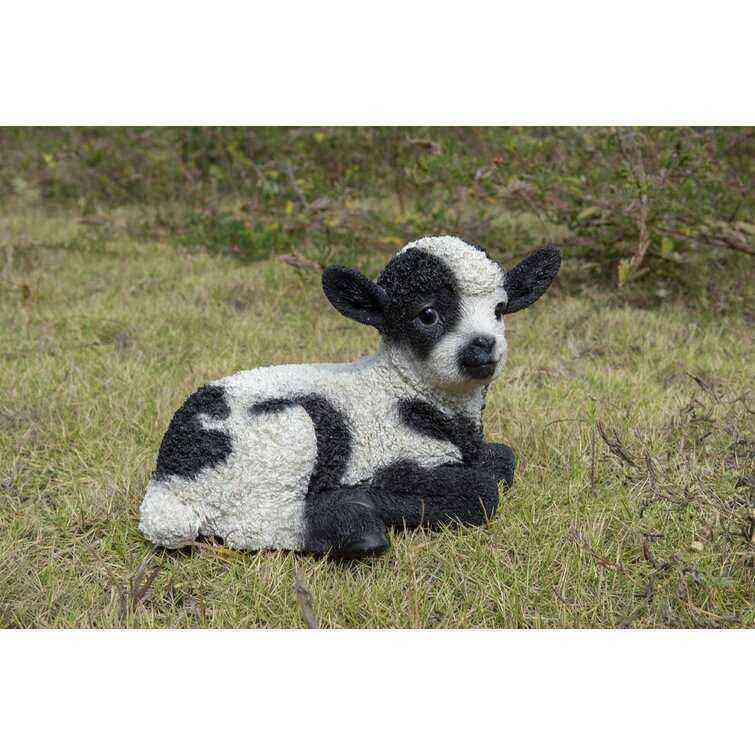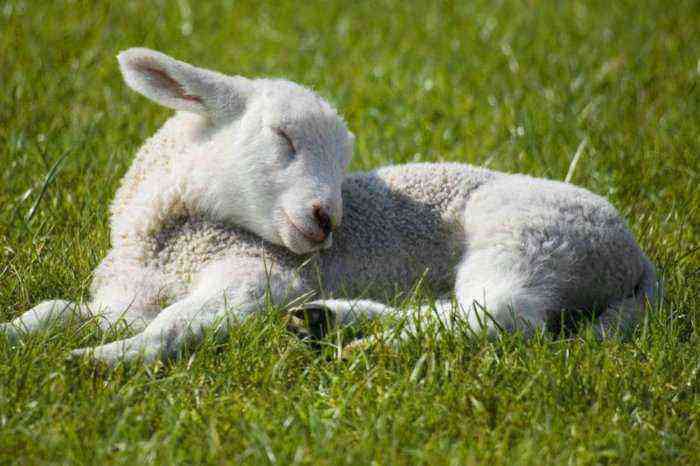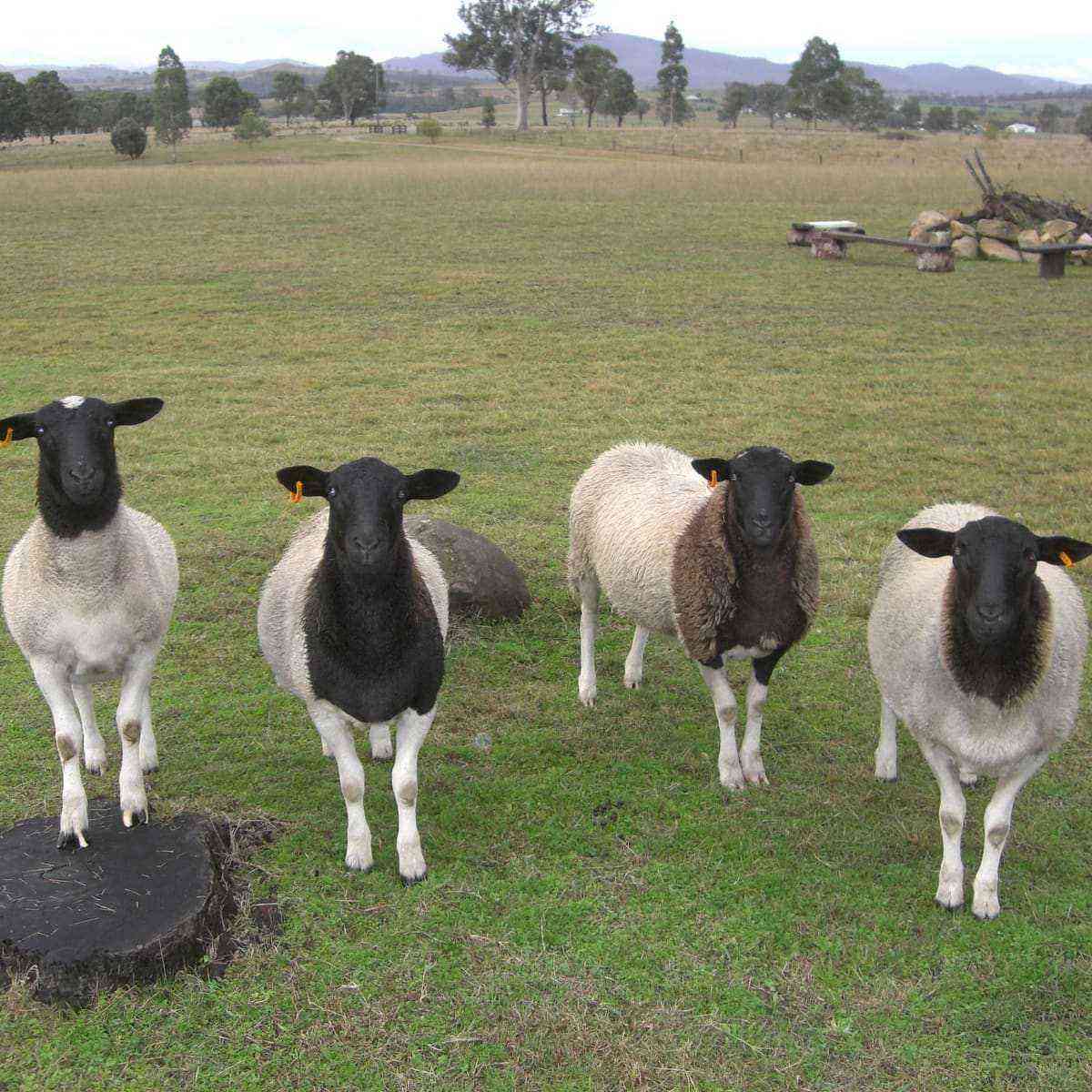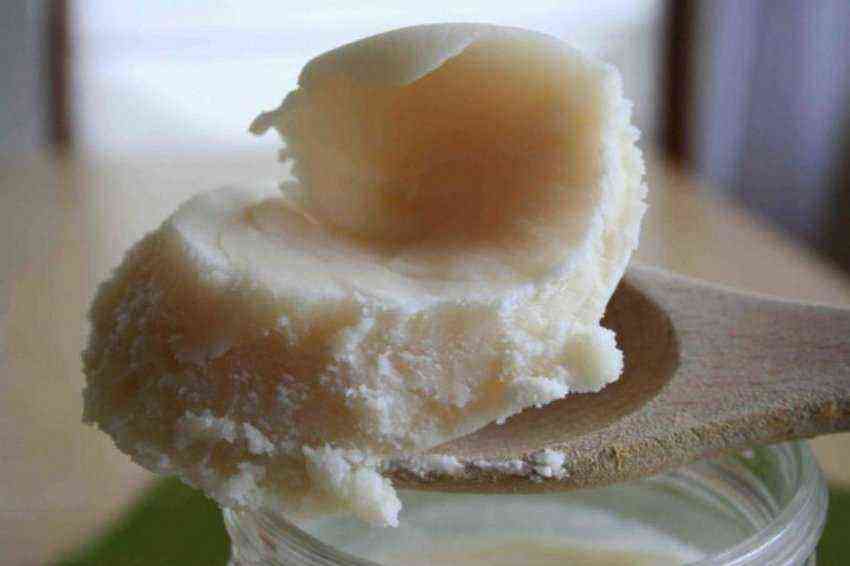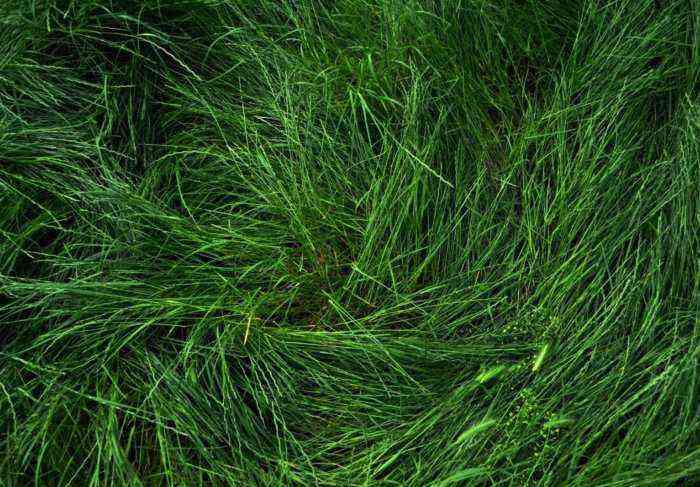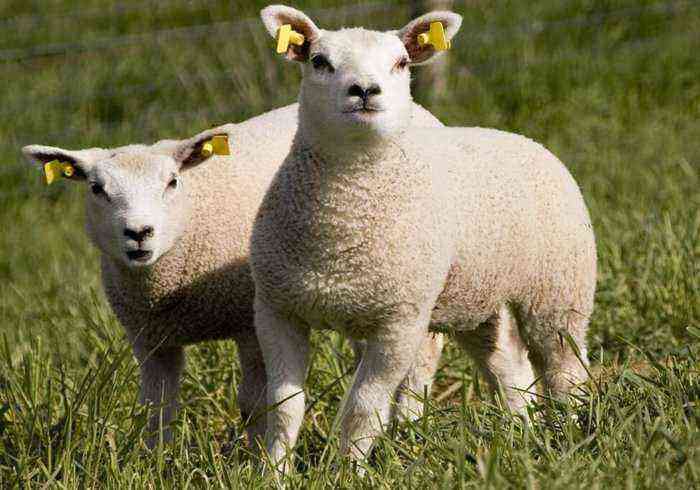Lincoln sheep are an old English breed. For 250 years, it has not lost popularity, thanks to its productivity indicators in the meat and wool direction. Readers will learn about the origin of these sheep and their characteristics right now.
lincoln sheep
History
As early as the beginning of the 18th century, sheep were bred in England in the county of Lincoln. Local animals were distinguished by strong bones and a dense physique, but the quality of their wool left much to be desired. To improve their characteristics, it was decided to cross them with long-haired Leicester rams, which are also of English origin. The descendants resulting from such crossing showed good signs. They had a strong physique, developed muscle mass and long thick hair. In honor of the county where the breed was obtained, it was named Lincoln.
Description
Lincoln sheep can be recognized by the following features:
- the animals are tall, the height at the withers in rams reaches 75 cm, and the females are smaller – 65 cm;
- male weight – 120 kg, ewes – 75-80 kg;
- the uterus is hornless;
- the head is compact, overgrown, the hair does not grow in the eye area, but falls on them;
- trunk downed barrel-shaped;
- the line of the back is straight, the sacrum is wide;
- the neck is dense, powerful;
- auricles are large, set apart, they have dark spots;
- the length of wool fibers often exceeds 30 cm;
- wool forms beautiful crimped strands of a uniform structure;
- fineness assigned 36-42 class;
- the average annual fleece shearing from an adult male is 12-14 kg, from a female – 6 kg.
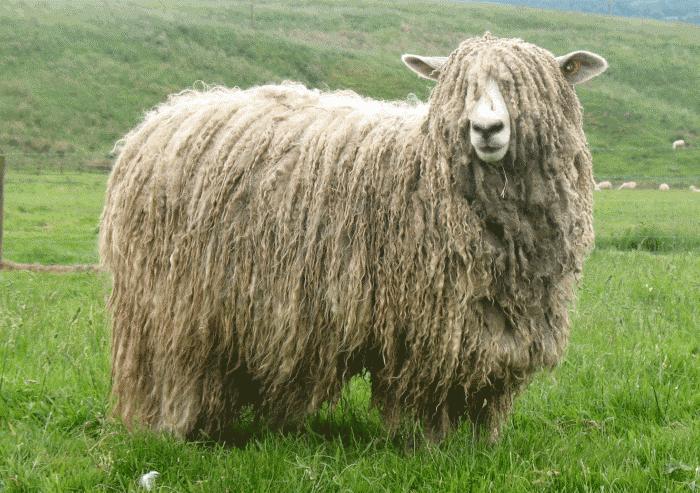
This breed shows a low level of fertility
This breed shows a low level of fertility. For a year, 100 sheep are able to increase the livestock by 115-135%. The deterioration of reproductive qualities in ewes is associated with rapid weight gain. Newborn lambs of the Lincoln breed grow rapidly. By four months, their body weight reaches 35 kg.
Advantages and disadvantages
The advantages of the breed include:
- precocity of animals;
- high rate of slaughter meat yield – 55-60%;
- good wool productivity.
The disadvantages of the breed are:
- fecundity of females is below average;
- exactingness of animals to the conditions of keeping and feeding;
- uneven coat.
Breeding
Farmers note that breeding purebred Lincolns is a troublesome task. Sheep have an excellent appetite, so the cost of their food is high. An increase in weight leads to a decrease in the reproductive qualities of females. In order to somehow increase the birth rate, farmers transfer ewes to easily digestible and low-calorie feed, but this does not always help. These animals do not tolerate heat and cold and are afraid of temperature changes. However, there is good news for the adherents of this breed. Based on it, a new type was bred – the factory Kuban sheep.
Attention! Lincoln sheep are demanding on the conditions of keeping and feeding.
Representatives of the new breed are better adapted to the North Caucasian climate. Kuban ewes increase the number of livestock annually by 150%. These sheep also have a large physique – the weight of an adult ram reaches 120 kg, and females – 70 kg. Their body is muscular, knocked down, the head is light, the skeleton is thin.
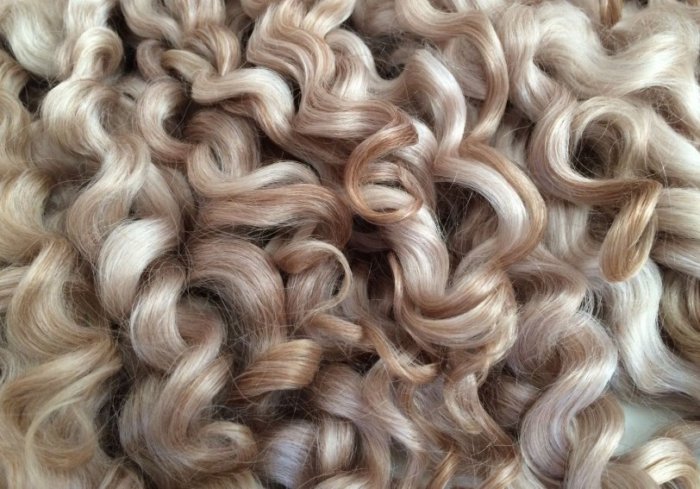
Wool of Kuban sheep
The wool of the Kuban sheep grows up to 18 cm in length, the fibers are of a braided structure, uniform, shiny, crimped. The average annual shearing from a sheep is 10-11 kg, from the uterus it is possible to obtain up to 7 kg of valuable raw materials.
Lincoln sheep are bred in England and other European countries. In Russia, this breed has not taken root – the local climate is not suitable for animals, and farmers prefer less capricious animals. However, local sheep breeders show interest in Kuban highly productive sheep, which were bred on the basis of thoroughbred Lincolns.
